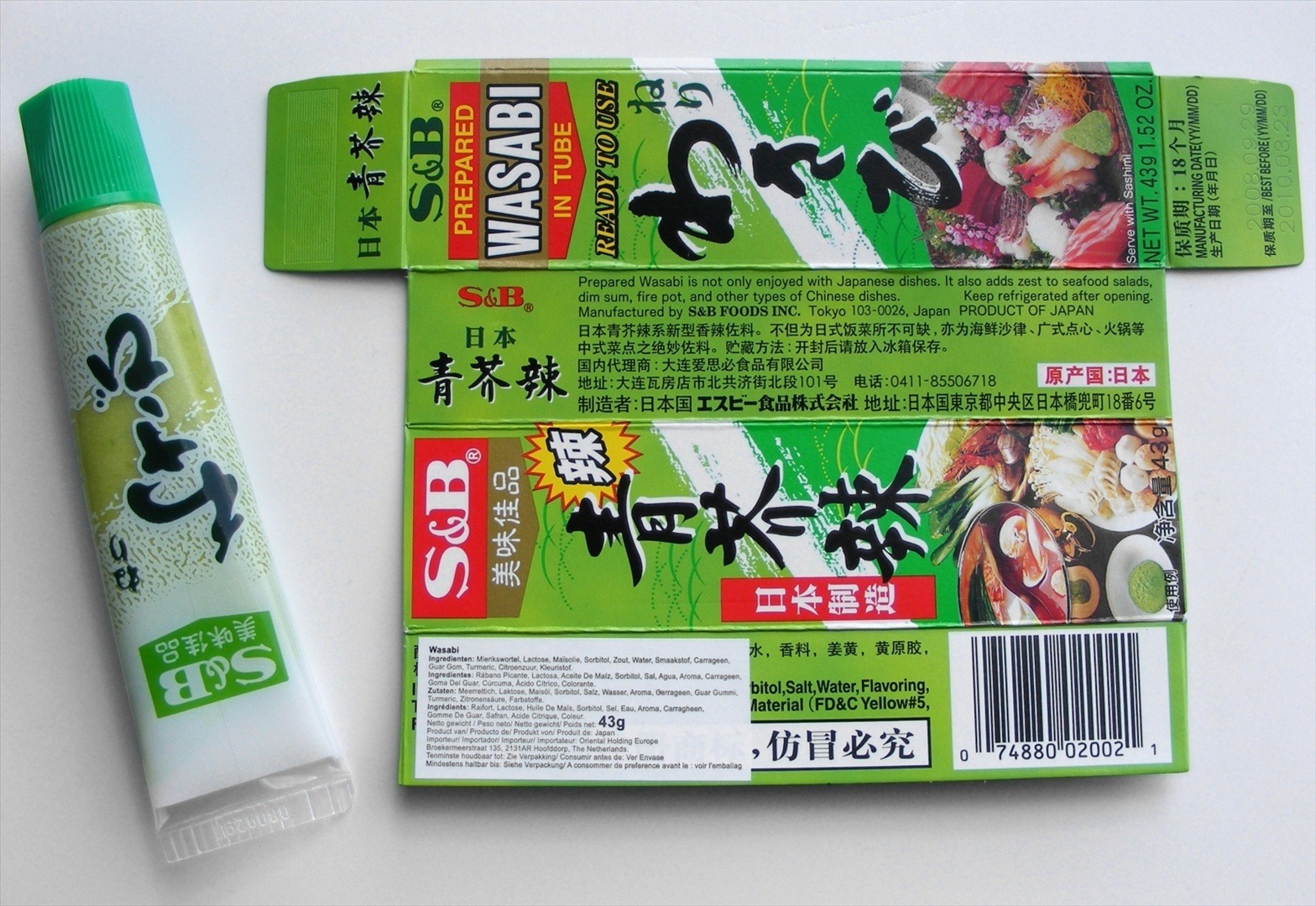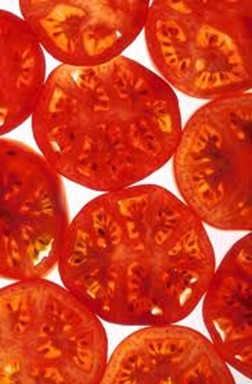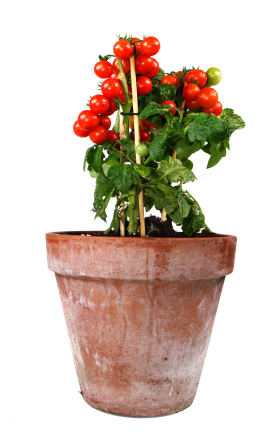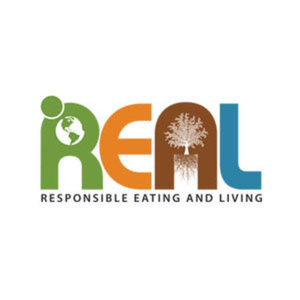A few months ago I wrote about edible food packaging, which, if it becomes feasible, would be one interesting way to tackle the astounding waste of natural resources (trees, petroleum, aluminum, energy) caused by food packaging. According to As You Sow, an organization devoted to leading corporations toward sustainability, “At least 43 million tons of plastic, glass, metal, and paper packaging—much of it with market value—is landfilled or burned in the U.S. each year. Packaging waste is also the biggest component of ocean litter that harms marine life and pollutes our oceans.”
Before I get to today’s news, here are some things you can do right now about packaging waste, that I wrote about here:
✓ Buy products with the least packaging: Fresh, local, in season. Be willing to buy produce that is perfectly good, though it might not look perfect.
✓ Buy products in bulk or large containers, not tiny serving sizes.
✓ Use concentrates (juices, cleansers), which require less packaging.
✓ When buying a few small items, ask the clerk not to put them in a bag.
✓ Reuse and recycle the packaging you can’t avoid.
✓ Bring your own cloth bags. Many grocery and drug chains sell them, as do online retailers. Some stores give you a small rebate for bringing your own bags.
✓ Eat your package. Buy ice cream in cones, not plastic cups.
Extended producer responsibility (EPR) is a new movement, complete with its own acronym, challenging manufacturers to create more earth-friendly products and to take responsibility for their remains after consumers (that’s you and me!) have used them. So far this mostly pertains to large appliances. In the food world, of course, recycling is the currently most usable technique.
And, of course, if you go for apples and bananas, you can always eat your packaging!




